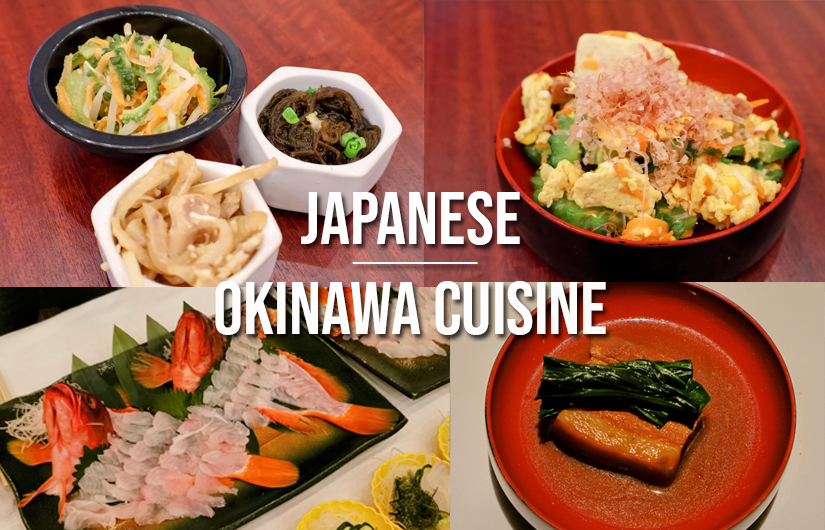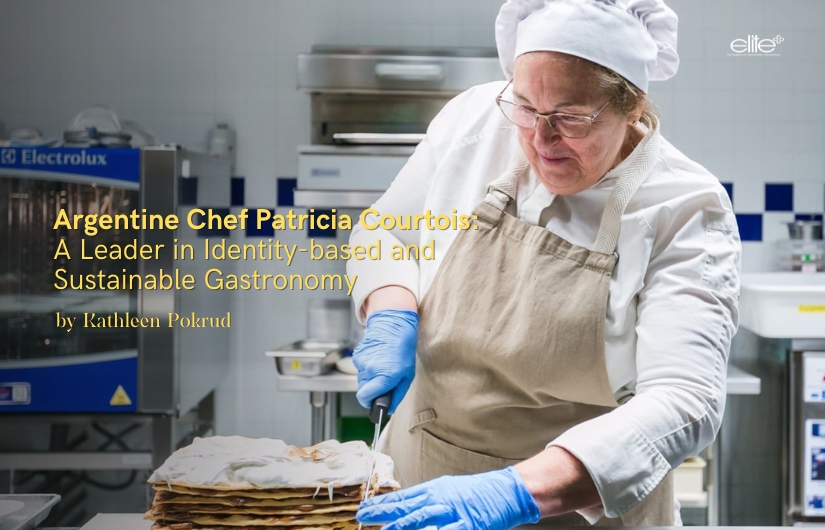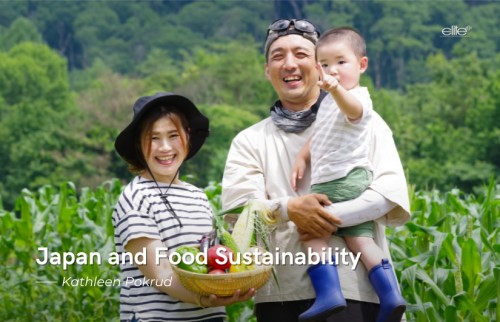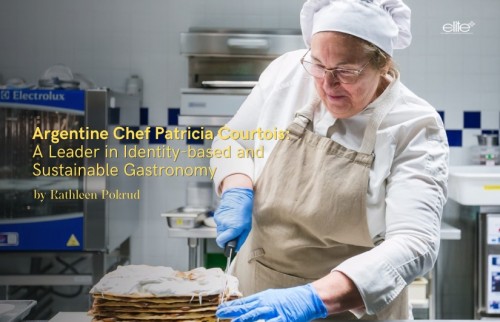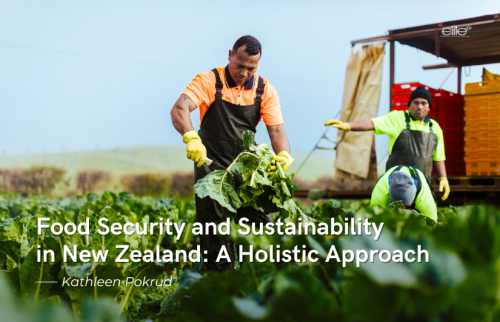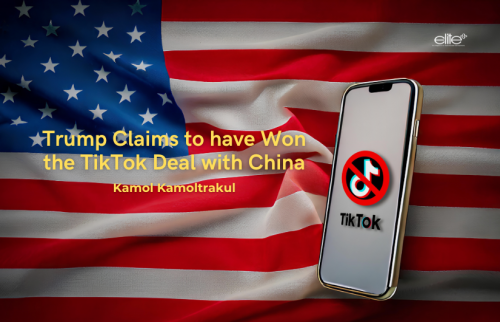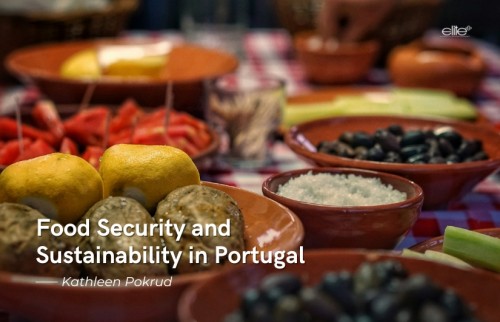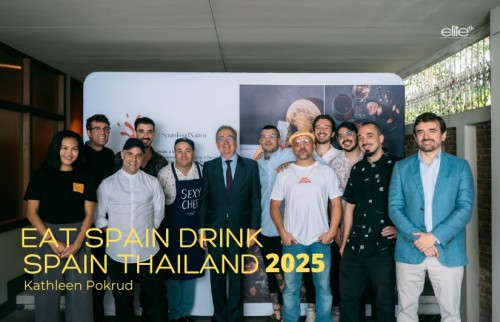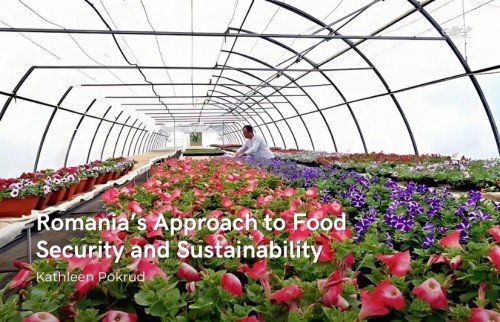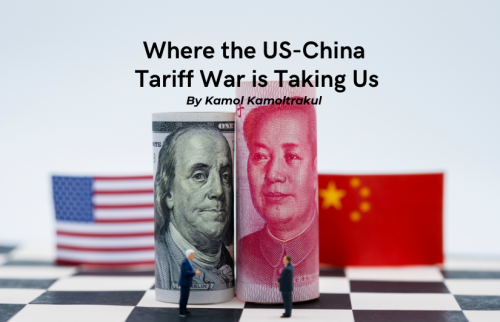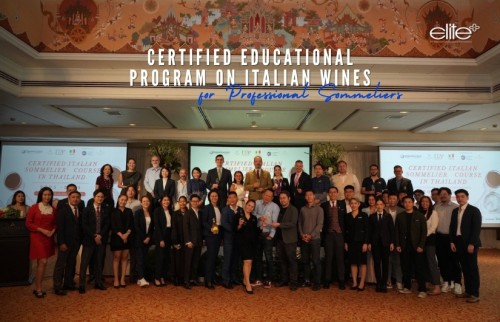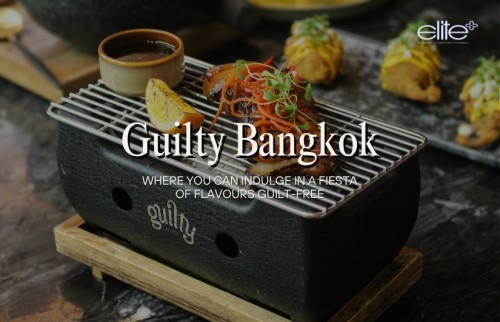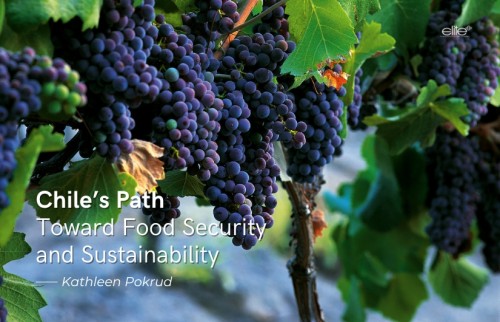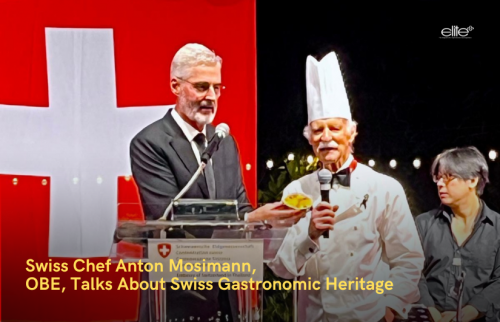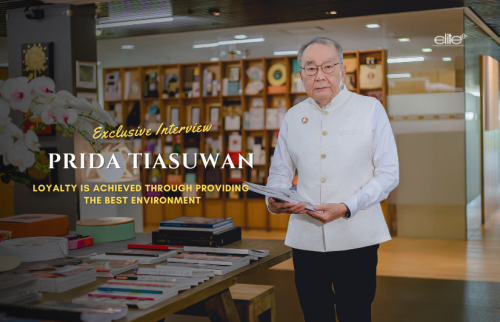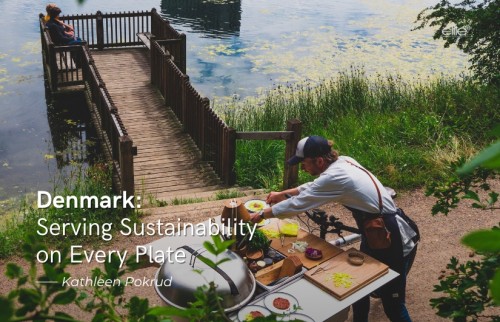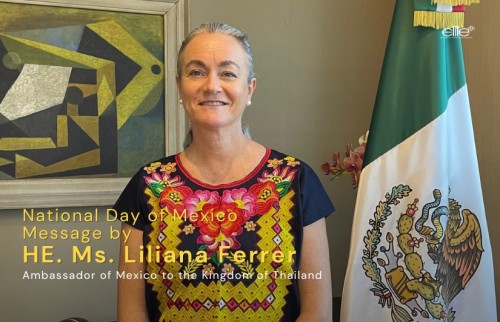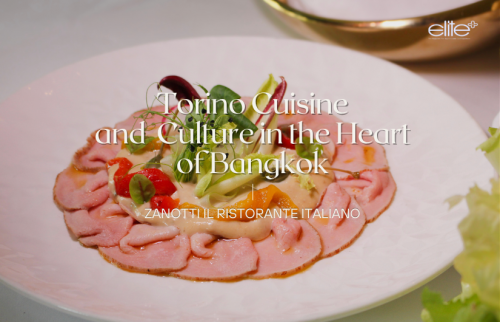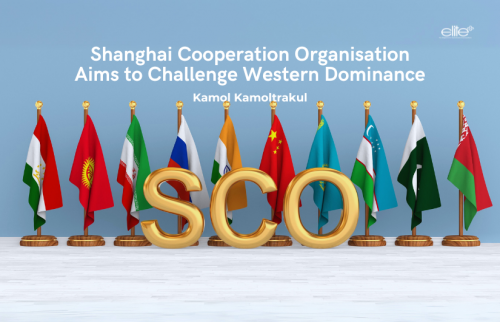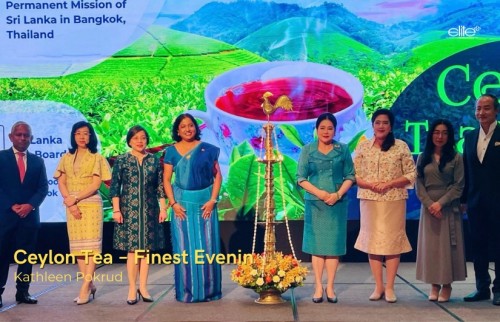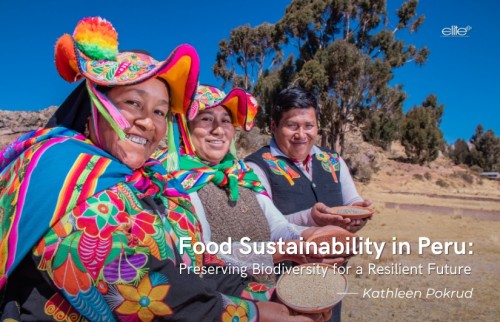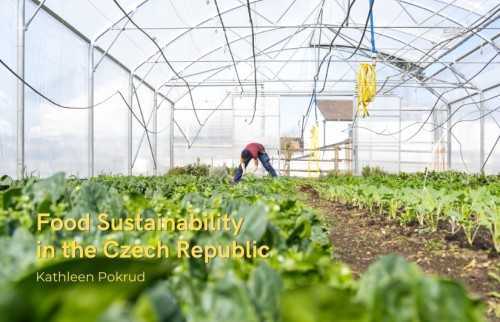By Kathleen Pokrud
Photos by Teresa Biesty
Japanese food has grown in popularity around the world in the past decades. The cuisine is renowned for its abundance of gastronomical delights because of its fresh ingredients and colourful culinary traditions that include a variety of regional differences. This article covers Okinawa cuisine, which sets itself apart from the traditional Japanese dishes that foodies are familiar with such as sushi and teppanyaki. I sat down with HE Ambassador Kazuya Nashida to learn about Okinawa culinary history.
Okinawa is a group of islands located at the southernmost part of Japan. These islands are considered one of the world’s “Blue Zones,” where the population has a longer life expectancy than the global average. Aside from the warm, subtropical climate, the healthy eating habits of Okinawans are believed to extend their life longevity. Ambassador Nashida shared what comprises Okinawa’s robust diet. “For Okinawans, food is regarded as ‘medicine of life’, a way to nurture the body and spirit. Okinawan cuisine offers a simple nutritional balance in each dish. Because of their favourable climate, many of their natural resources are considered superfoods, or nutrient-rich ingredients.”
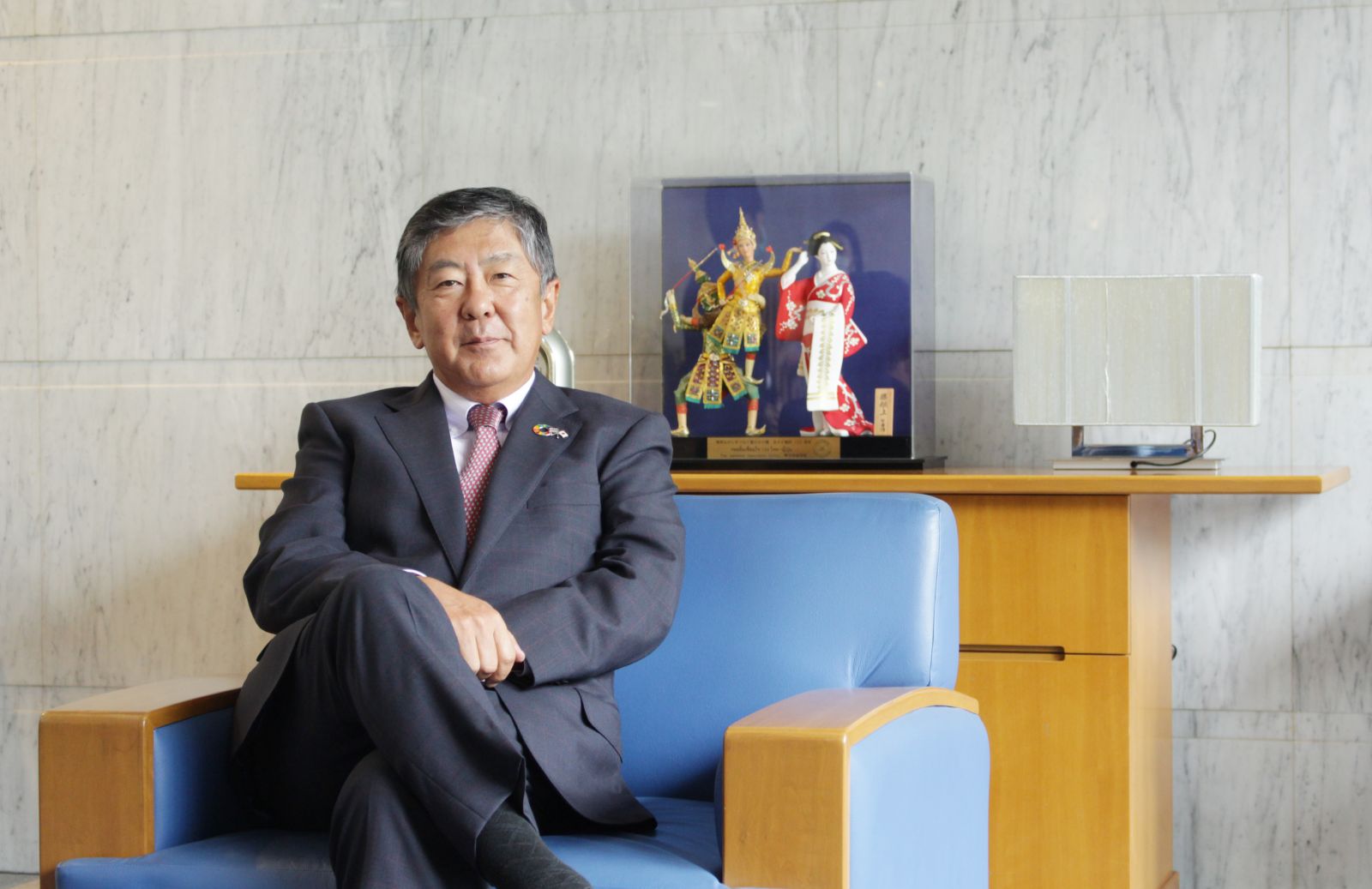
Ambassador Nashida went on to talk about the history of Okinawa cuisine, “Geography and trade are the two major factors influencing the cuisine. In terms of geography, Fujian; Taiwan; and Okinawa’s closest prefecture, Kagoshima, have had a great influence. The island is also strongly influenced by the idea of ‘Medicine and food share the same origin,’ which was gained through trade with China and Southeast Asia. Different folk remedial dishes called Kusuimun (medicine or medicinal food) have been handed down through generations, and Okinawan cuisine is famous for its link to longevity.
“Okinawans also eat goat and different parts of pork that most Japanese do not usually eat as they are not found in other locales of Japan. For example, as in China, pork is ‘eaten whole except for the hooves and squeals,’ and an entire pig, from head to foot, is used in cooking.
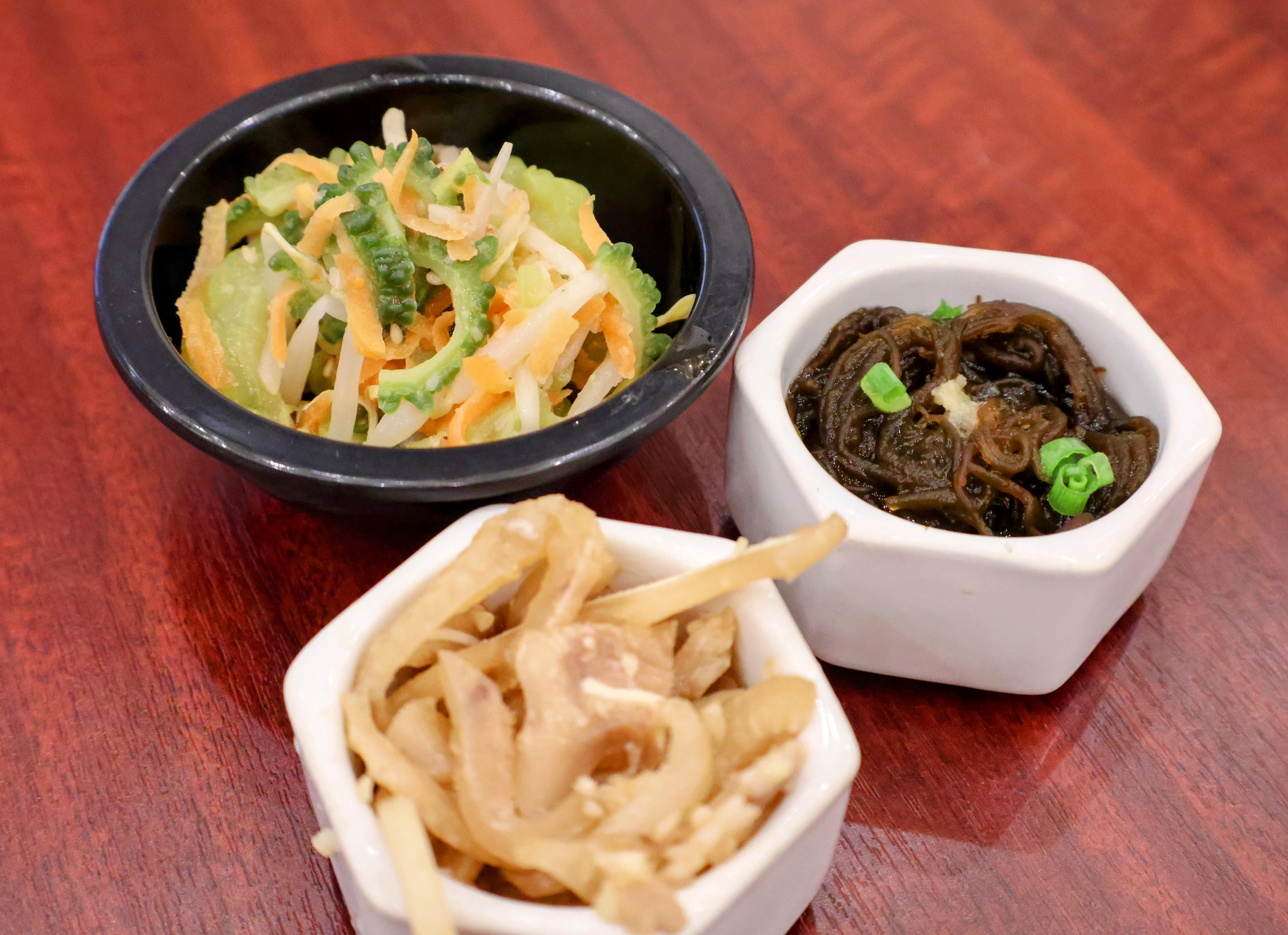
“Other modern Okinawan dishes such as pork and egg rice balls, tuna and somen chanpuru, are prepared with canned preserved foods, like luncheon meat and tuna. These dishes were influenced by the US military stationed there after World War II. Another unique dish to Okinawa is Taco Rice, a variation of Mexican tacos made with rice.”
Okinawa’s fresh foods are an integral part of the islands’ food culture and are considered medicines of life. From antioxidant rich vegetables and vitamin-packed tropical fruits to nutritious seaweeds and ocean-fresh fish, they are all excellent tonics for the body, which are considered as an important contributors to the islanders’ renowned longevity.
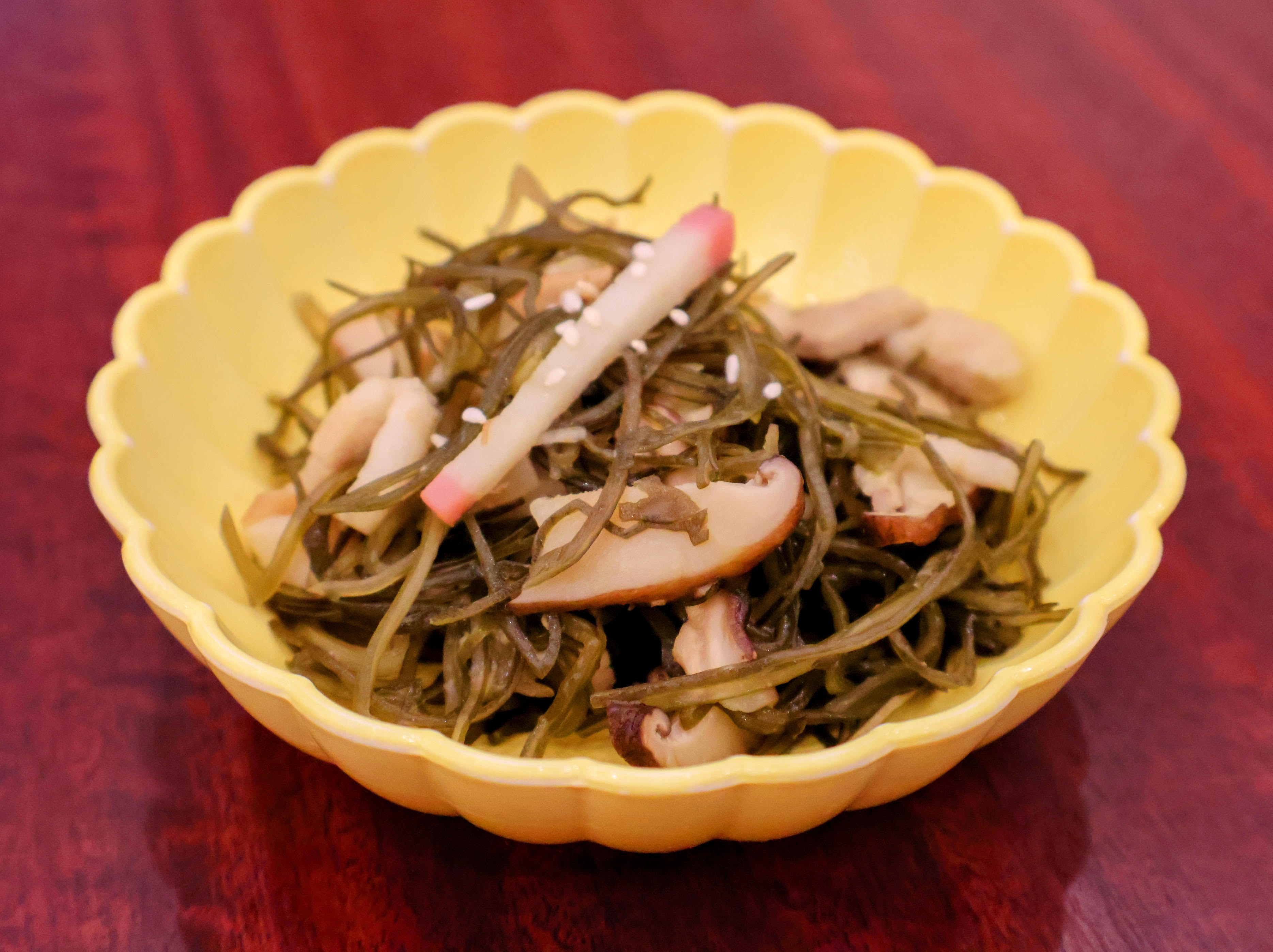
When asked about Okinawan food culture, Ambassador Nashida commented, “Okinawa's food culture is characterized by its geographical location, which means that it uses a lot of subtropical vegetables. In addition, pork and goat are used in many dishes not found in general Japanese cuisine. Although geographically influenced by its proximity to China and Southeast Asia, they use less spices and more salt, particularly miso as well as kelp from Hokkaido and dried bonito flakes from Kagoshima, which were brought in as a substitute for brown sugar native to Okinawa. Seaweed is used a lot, including Sunui (mozuku), Sea grapes, Artha (green laver) and Kelp.
“Okinawa's year-round, warm climate and thriving nautical trade have led to the development of unique dishes that make use of such preservatives as Souchikas (salted pork), Kelp, Dried Bonito Flakes, Dried Noodles (mostly somen) and Fu (wheat gluten). To preserve them longer, Okinawan soba noodles are boiled once and then covered with oil.
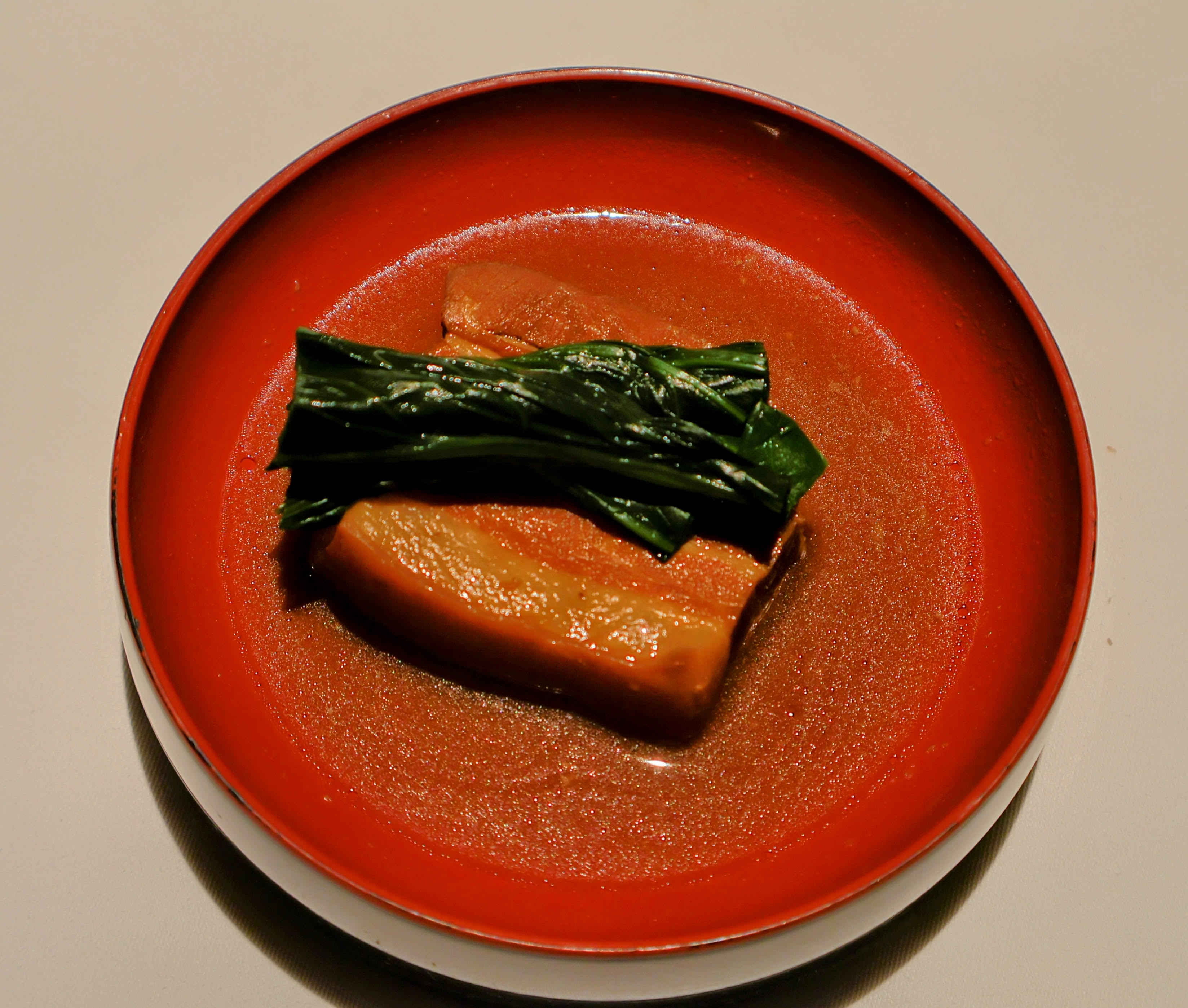
“It is said that the distillation technique of Awamori was introduced to Okinawa (Ryukyu Dynasty) from Thailand (Ayutthaya Dynasty) around the late 14th to 15th century. In fact, the distillation equipment, Thai rice, and storage jars have long been imported from Thailand. However, the original Thai distillation techniques have been adjusted, now using local black yeast, which is best suited to Okinawa's climate. This actually gave birth to Awamori as we know it today. Unlike other spirits, Awamori can be matured in a bottle. By maturing it for many years, a Kusu (old sake) is produced that is even richer in flavour and richness.”
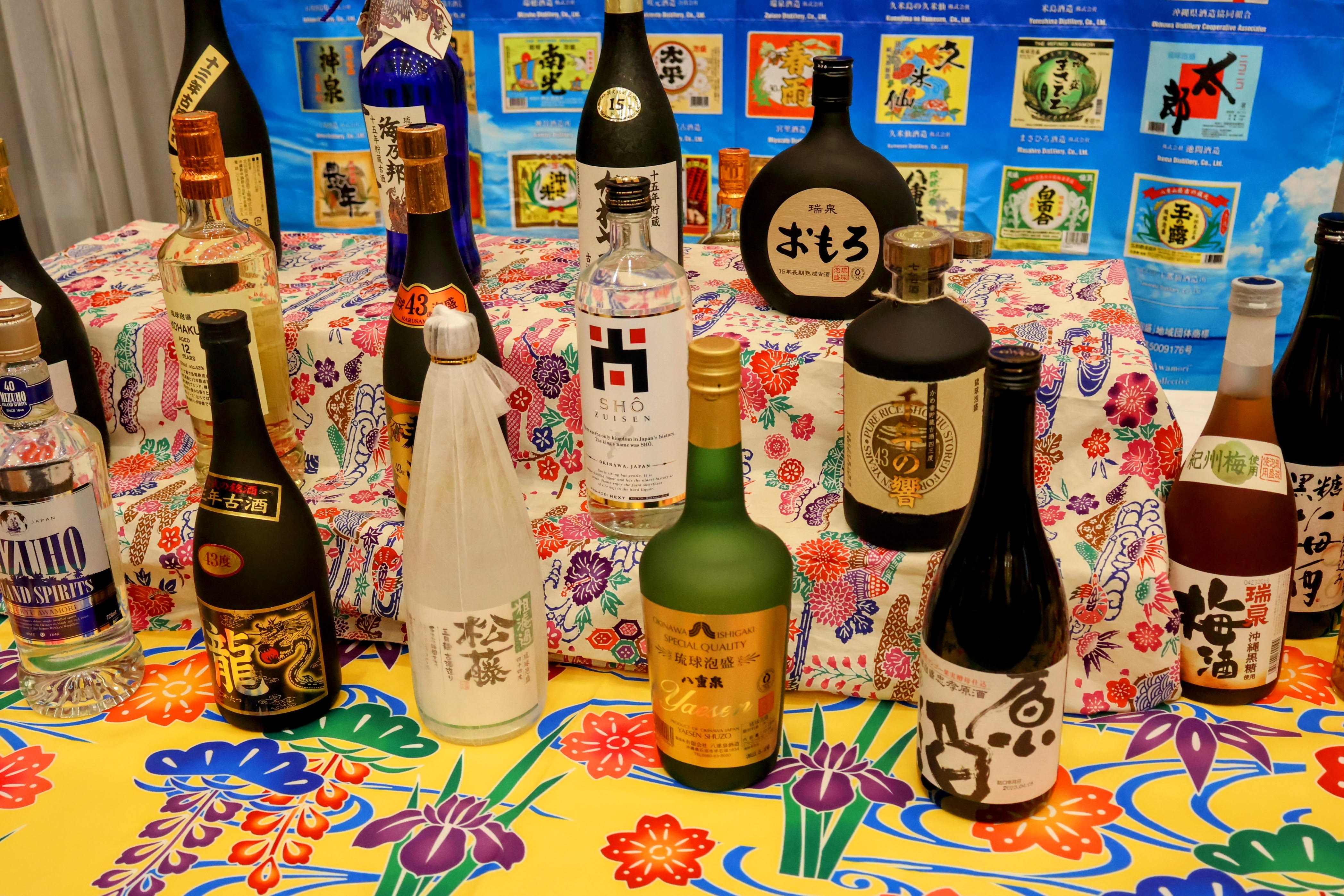
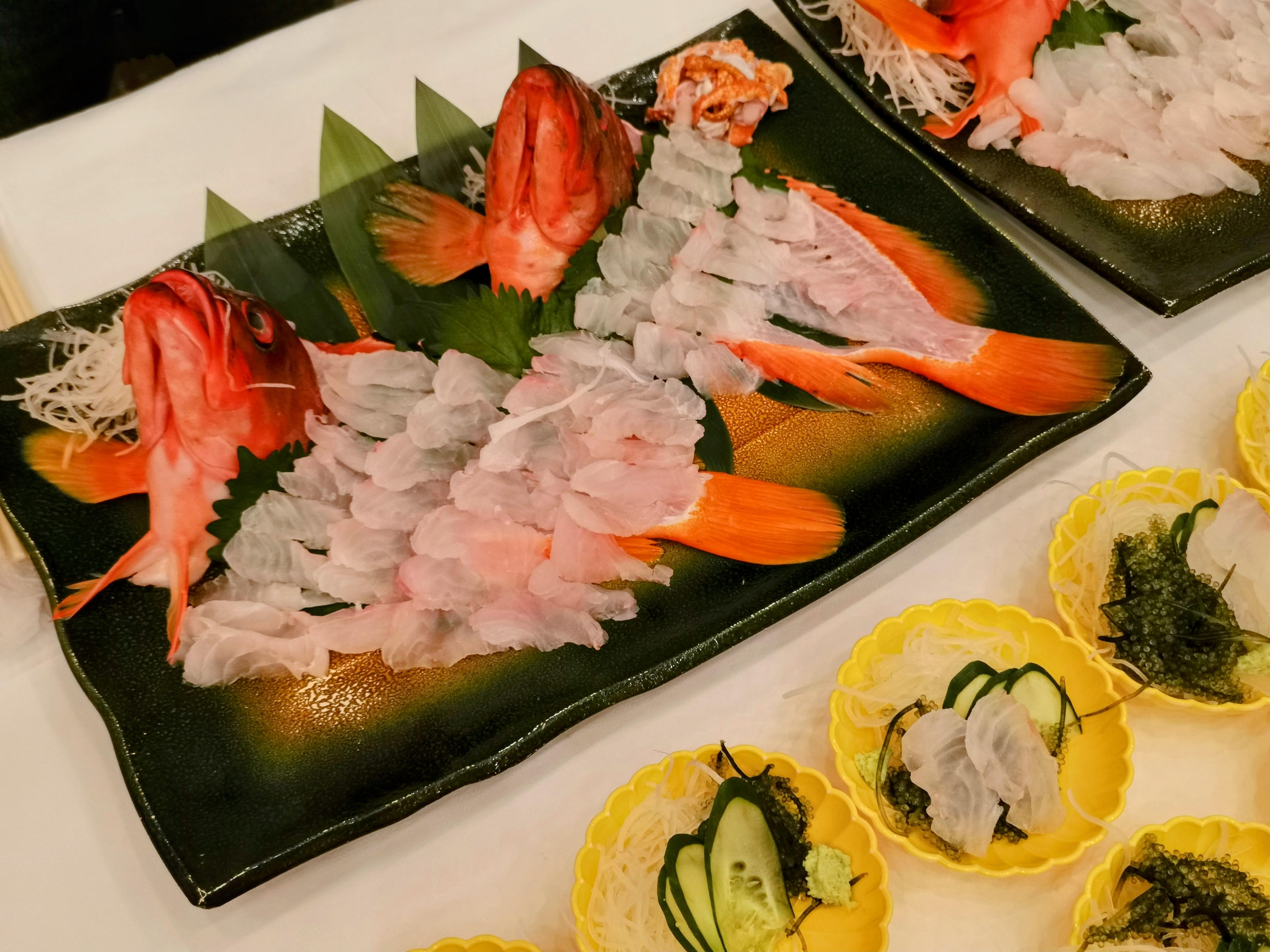
As our interview drew to a close, Ambassador Nashida added, “After World War II, Okinawa was under US military rule and as a result, Western food culture became incorporated into the local food culture faster than in other areas, using Western ingredients such as luncheon meat, corned beef and canned tuna in fusions of traditional Okinawan cuisine. In addition, the importation of wheat and rice increased after World War II, changing the staple food from traditional potatoes to rice and noodles or bread.”
Key representative Okinawa dishes
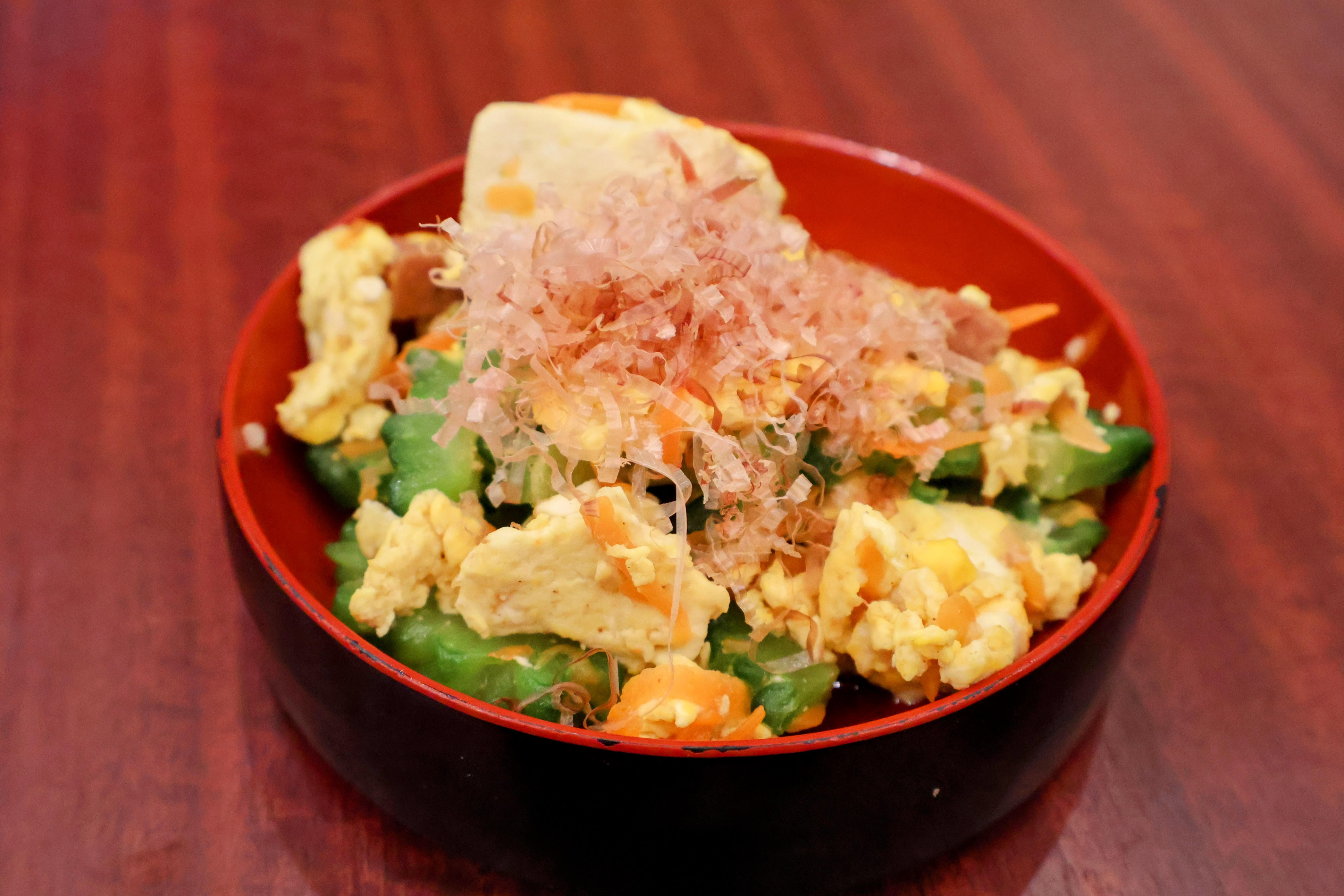
Goya Chanpuru is a popular Okinawan stir-fry dish made with vibrant green bitter melon, tofu, pork belly and eggs.
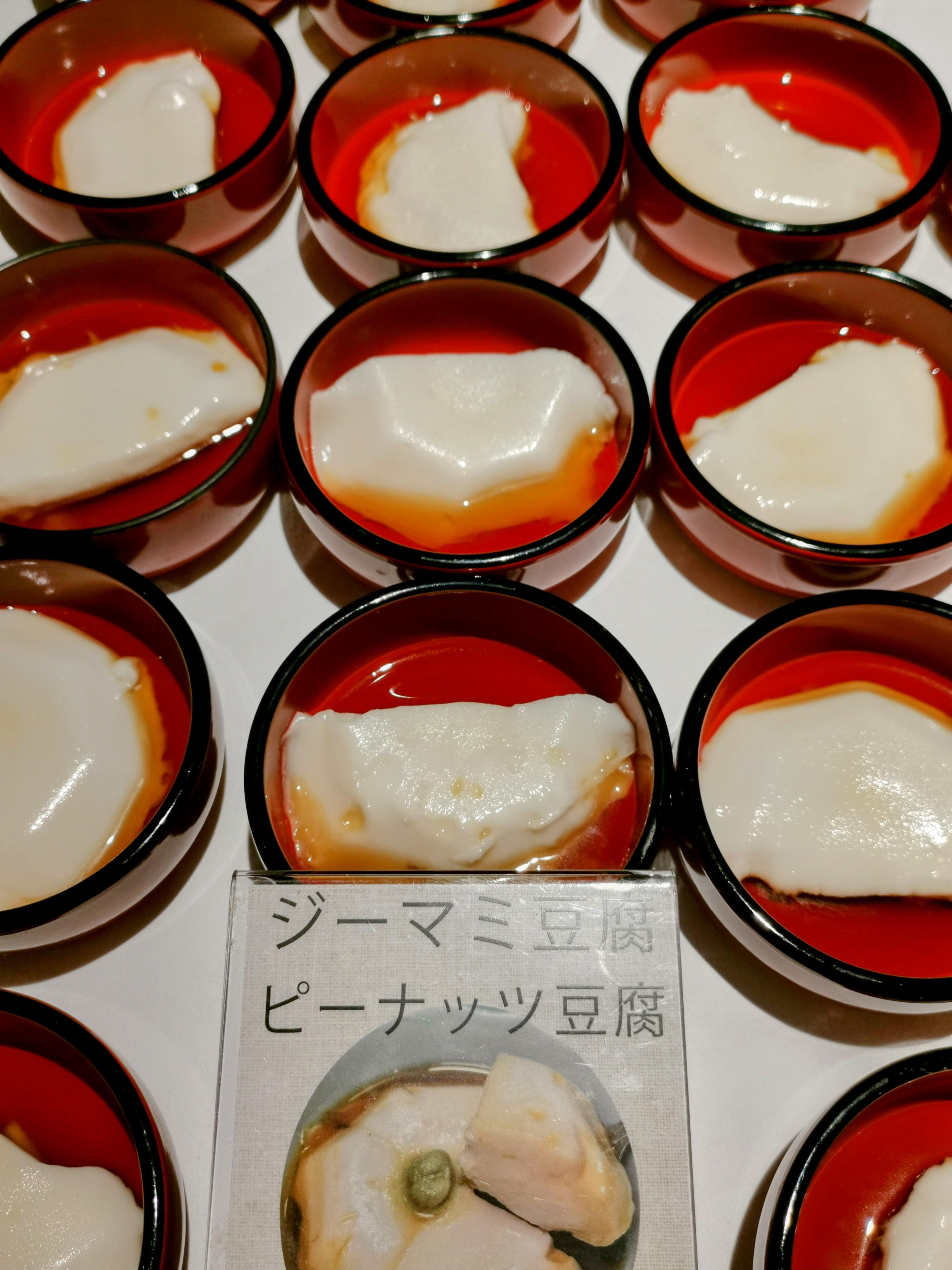
Jimami tofu is an Okinawa specialty made by soaking raw peanuts in water, straining the peanut liquid into a pan, heating the milk texture and thickening it with sweet potato starch. The final hardened mixture after straining from a cloth-lined dish is firmer than other Japanese tofu counterparts.
“Rafute” is Okinawan style stewed pork. The traditional way of preparation in Okinawa is to simmer the fatty pork for a long time to separate the meat from the fat, without losing any flavour. Once the meat is tender enough to cut with chopsticks, it is then typically fried or stewed.
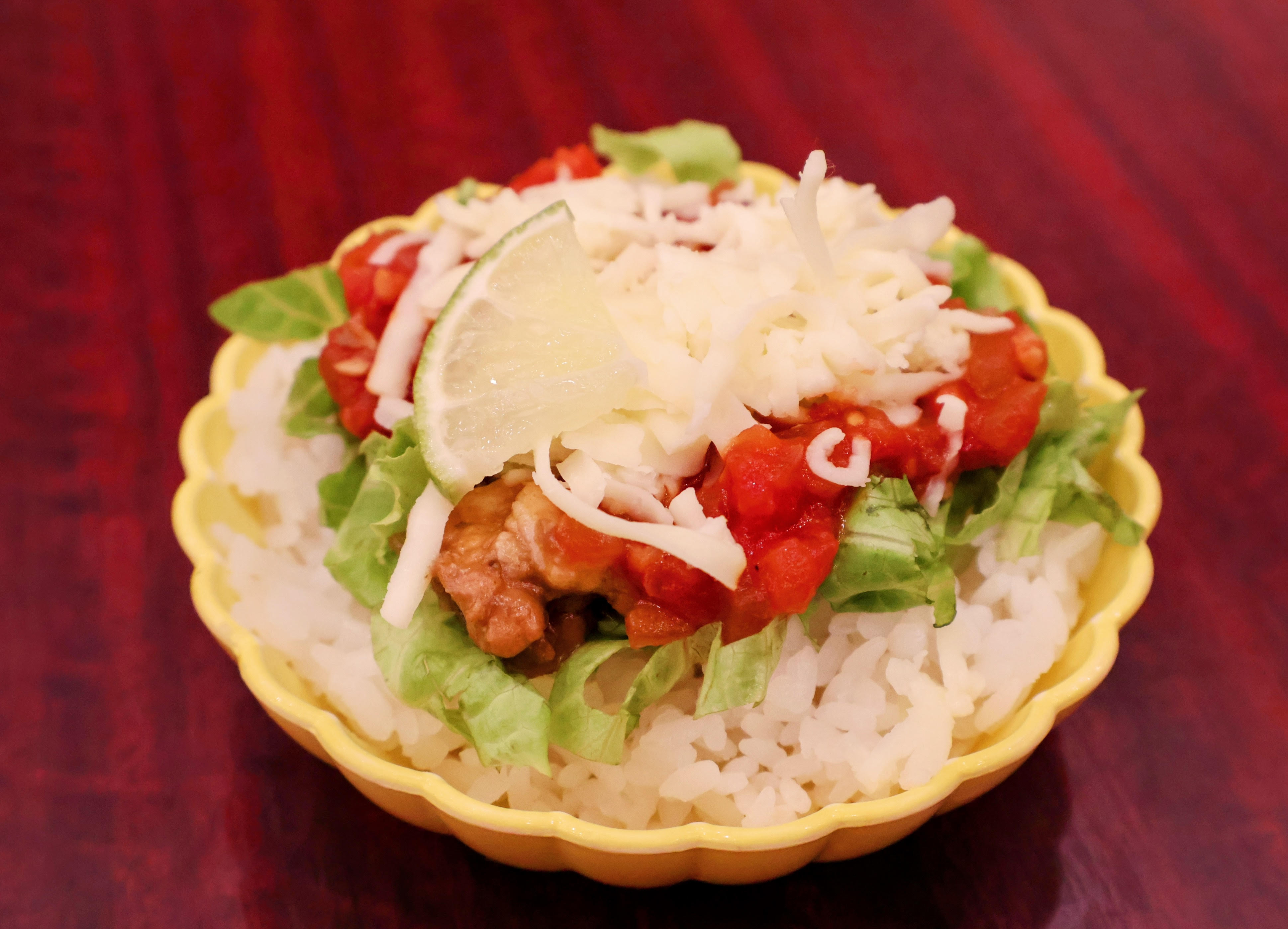
Taco Rice is a good example of modern Okinawan cuisine. The dish consists of taco-flavoured ground beef served on a bed of rice, with additional ingredients such as shredded cheese, lettuce, tomato and salsa. It’s believed the dish was created by a local café near a US camp in Okinawa, and it became popular among US military personnel stationed there.
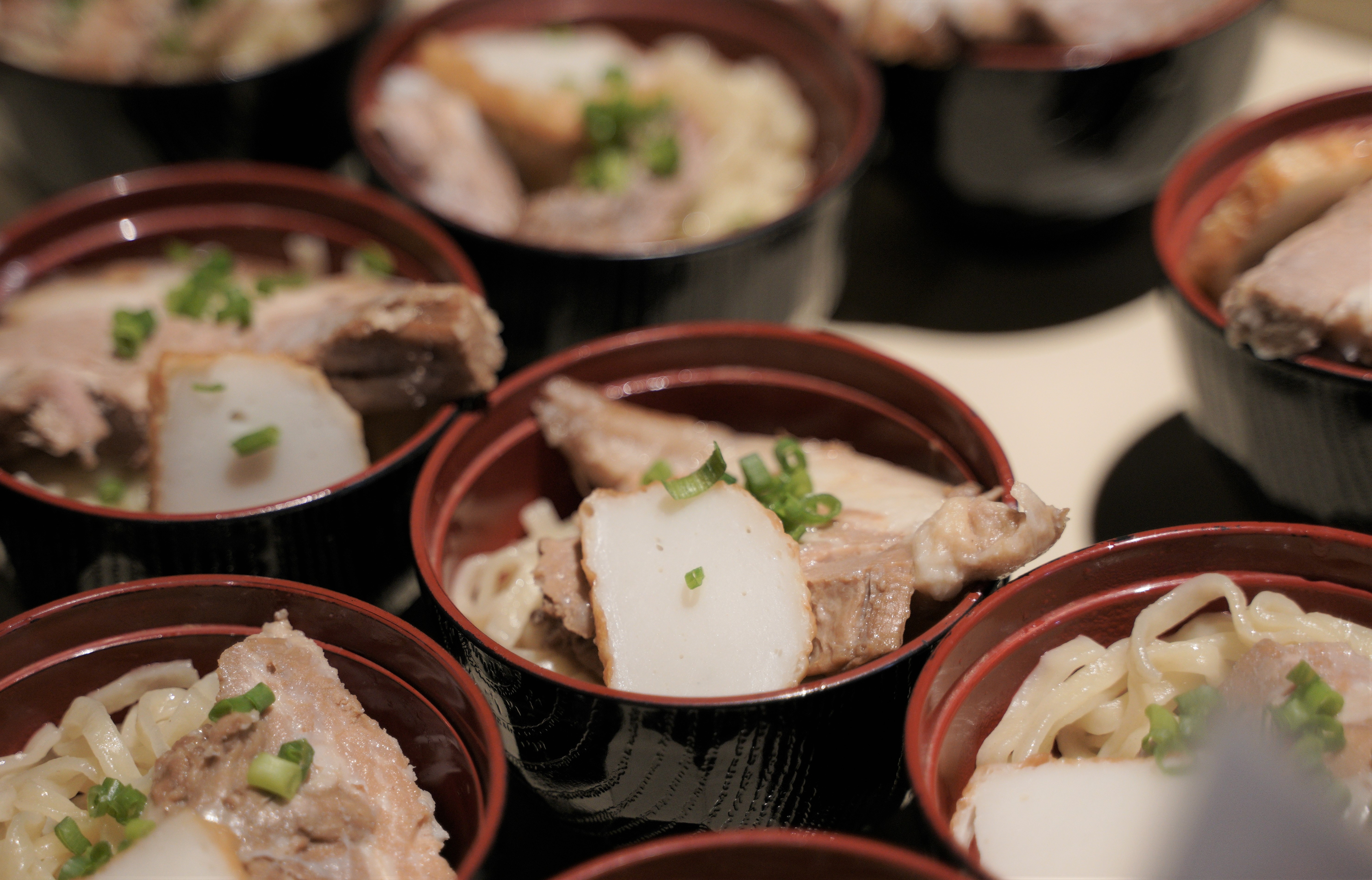
Okinawa soba, unlike regular soba noodles, these are not made with buckwheat. Okinawa soba is made with flour mixed with salt water, salt, baking soda and eggs. The noodles are thick and chewy because of the flour mixture. Popular toppings are fish cake and pork belly.


